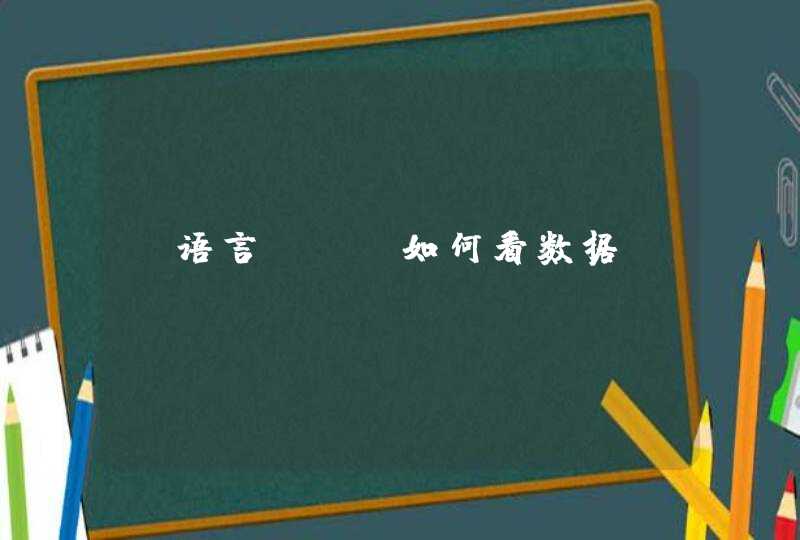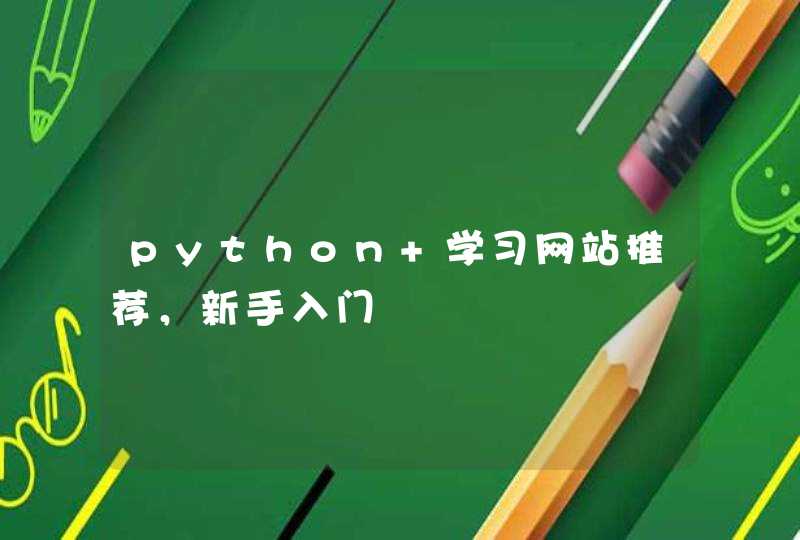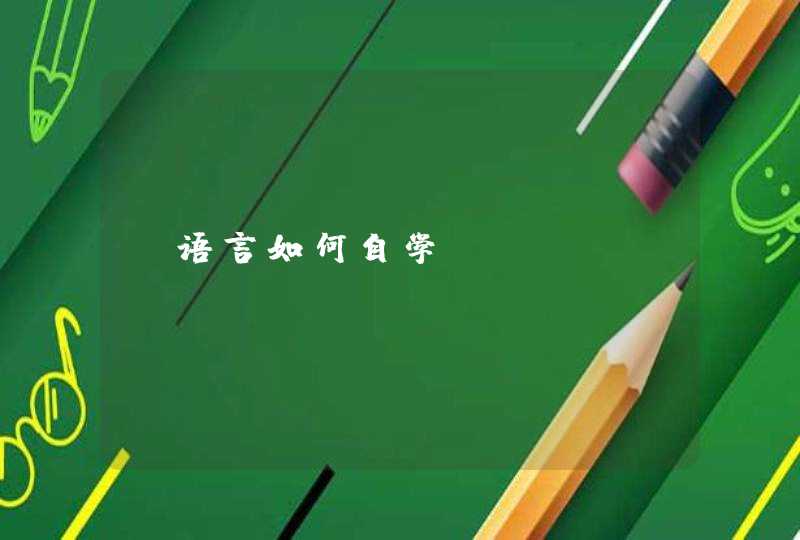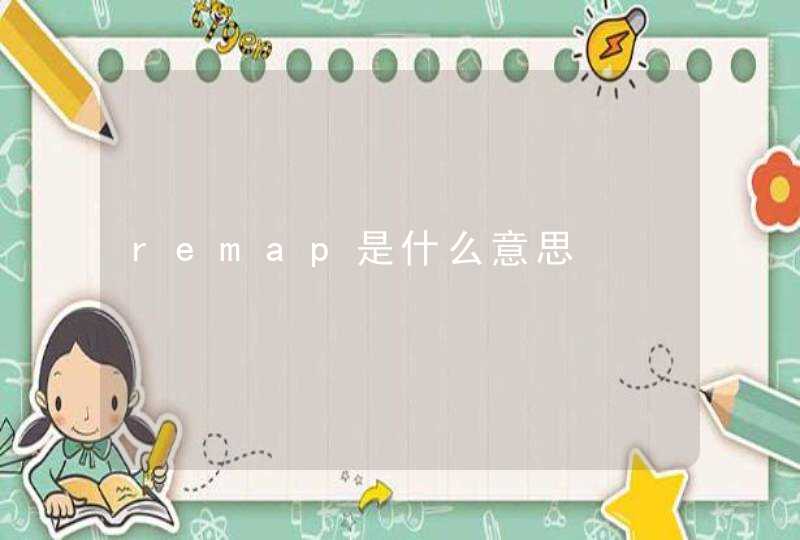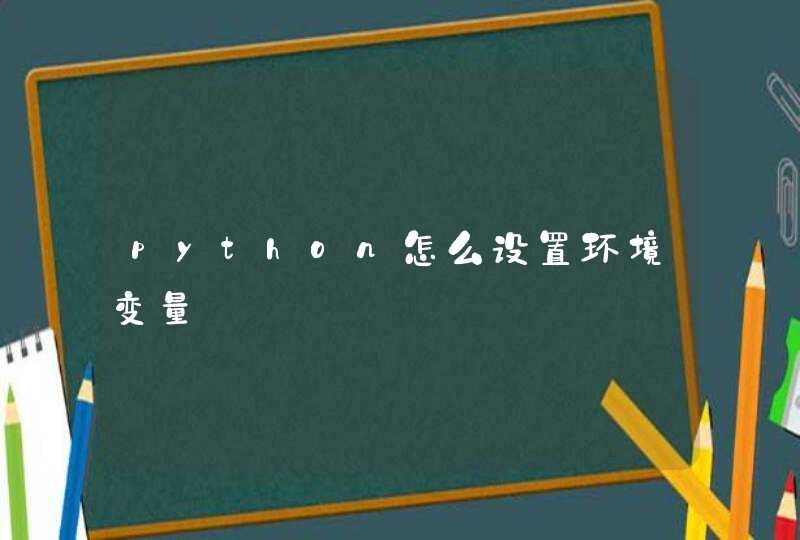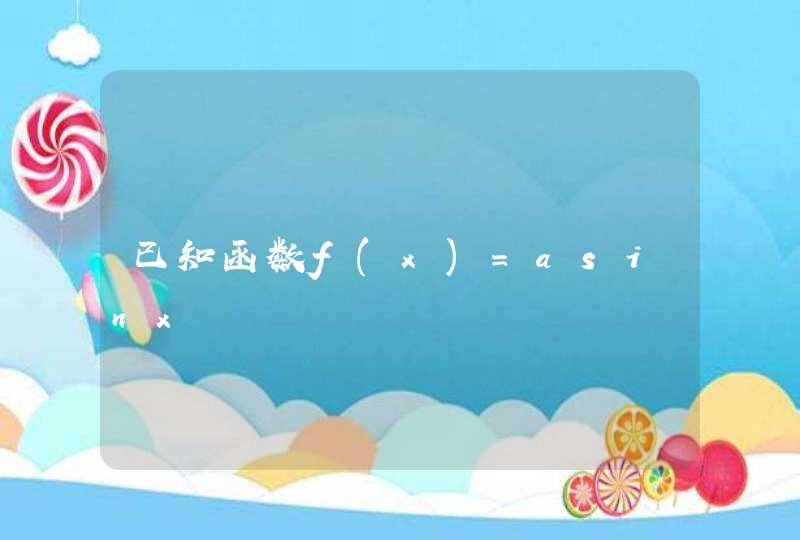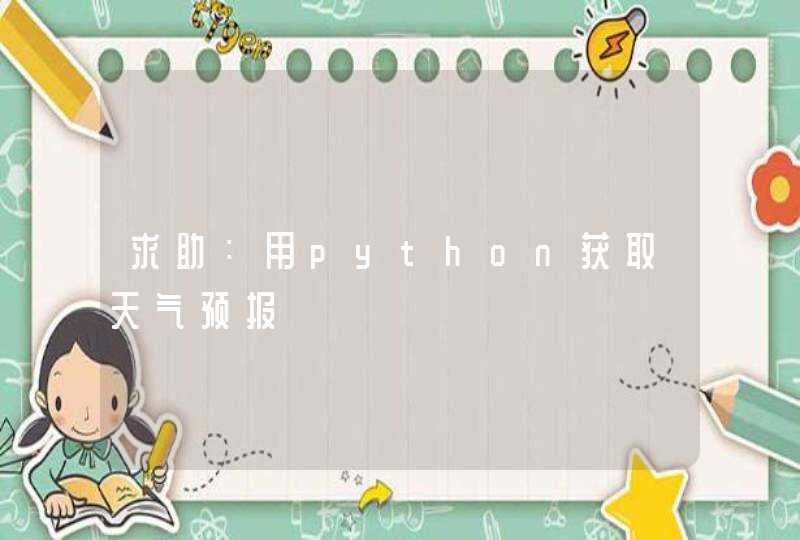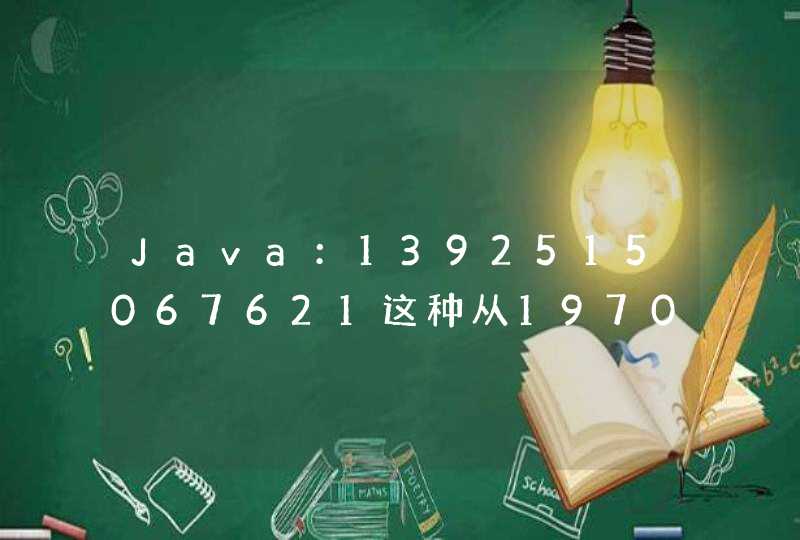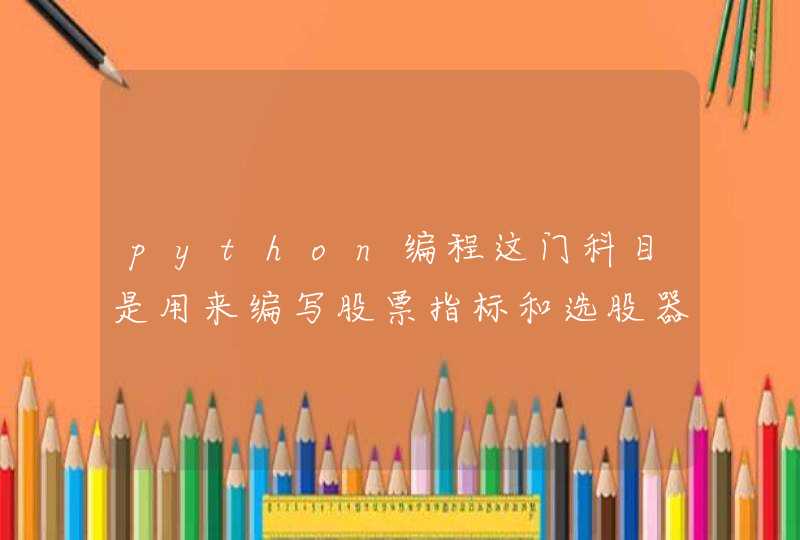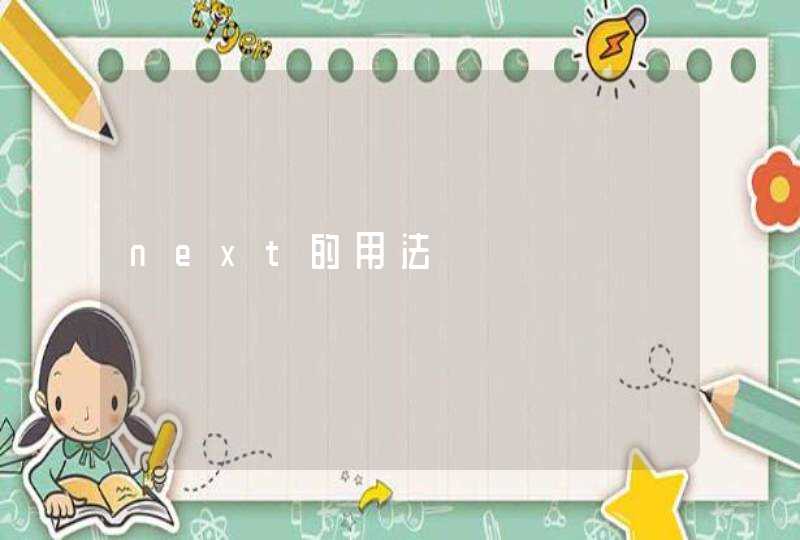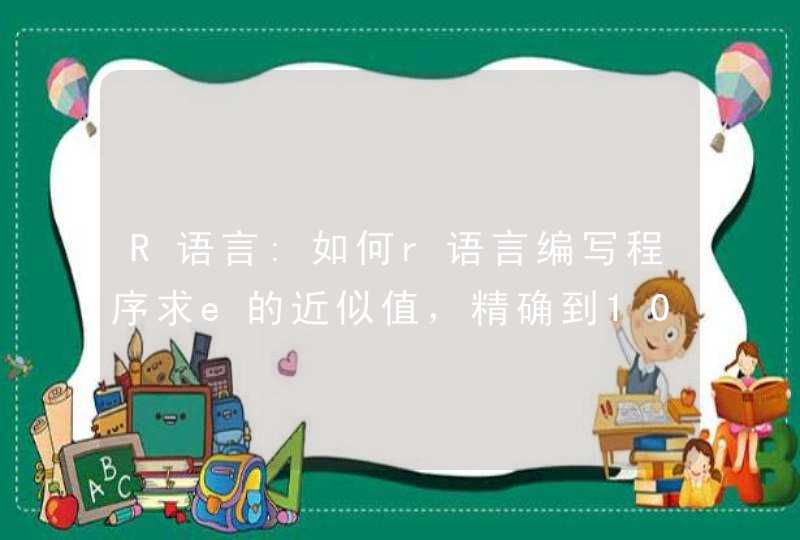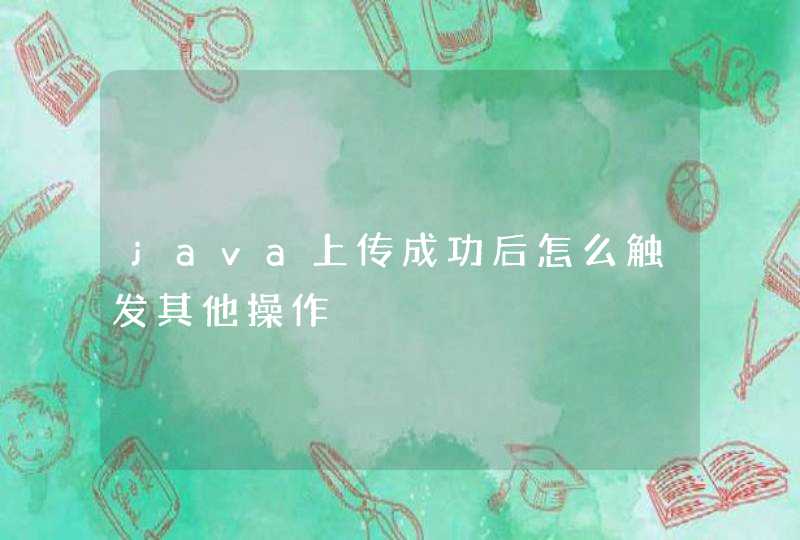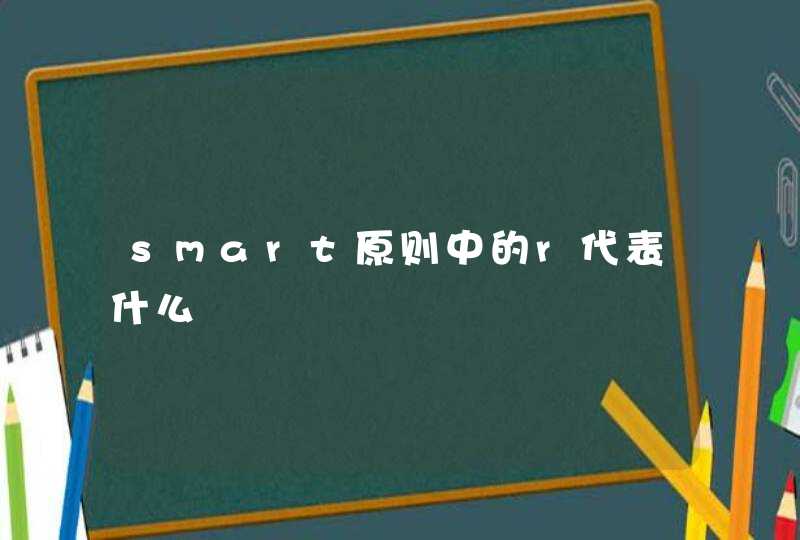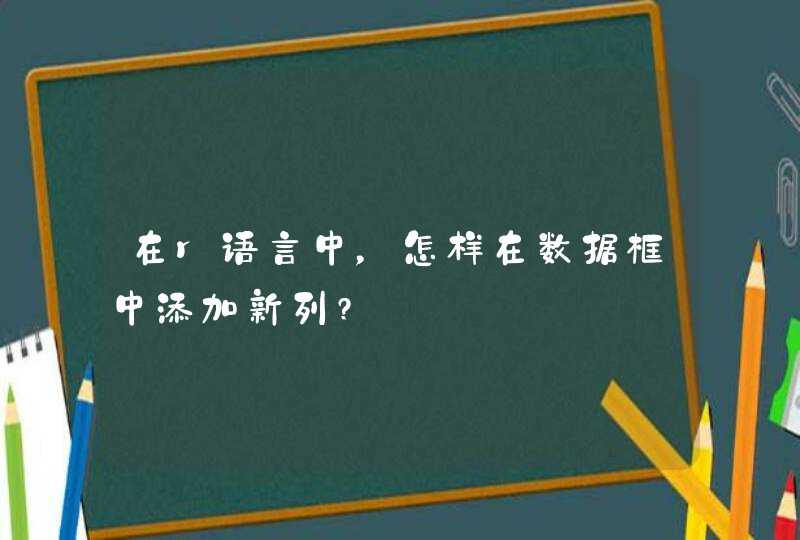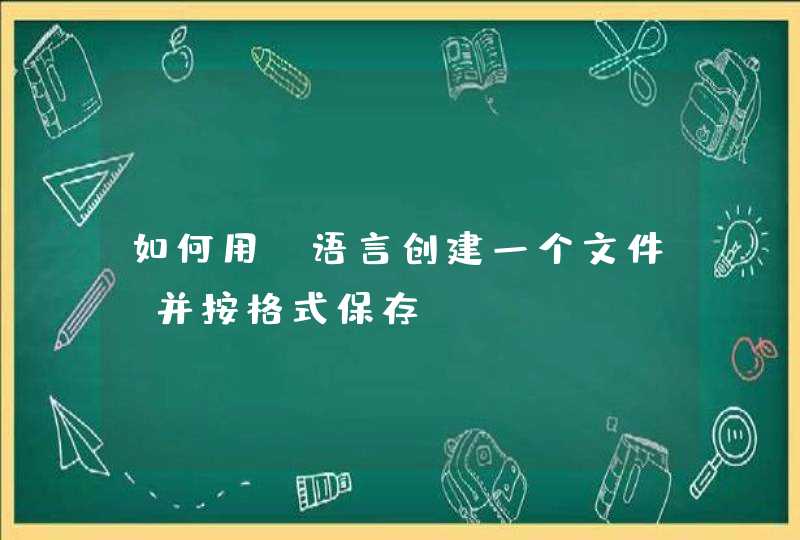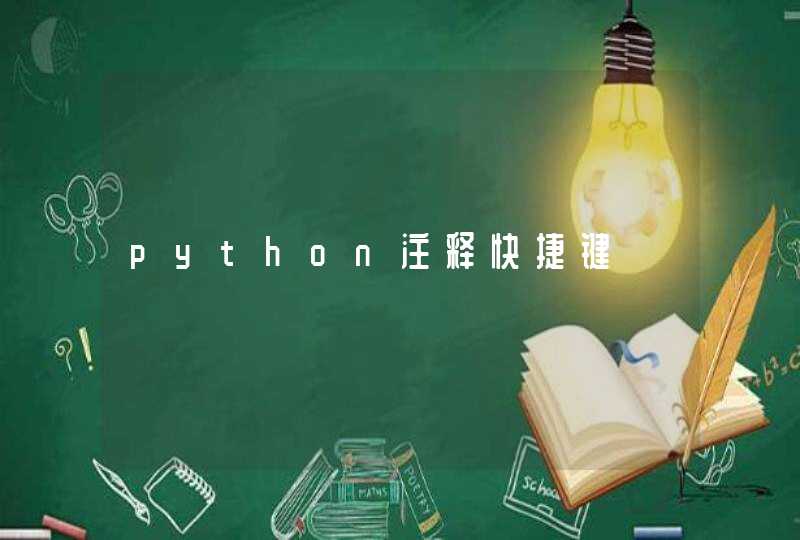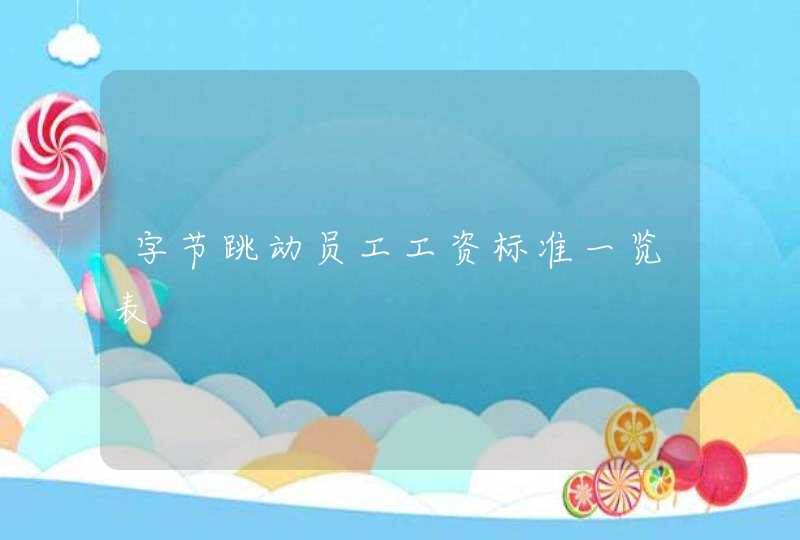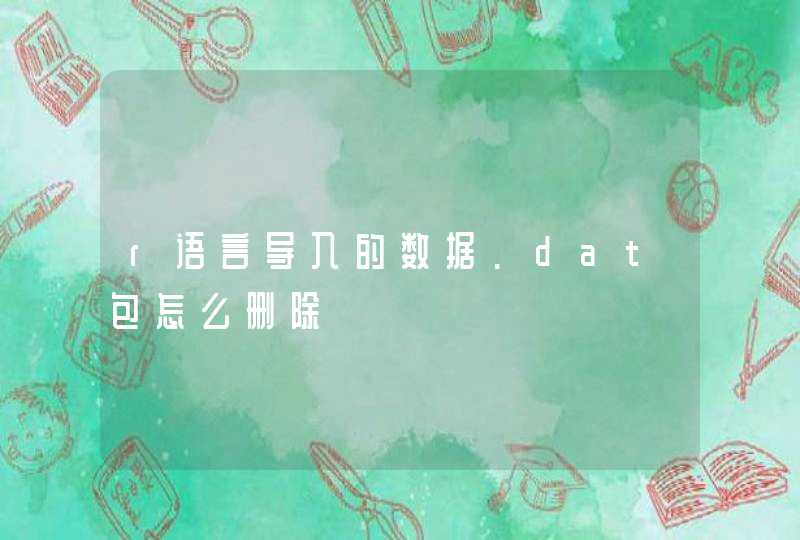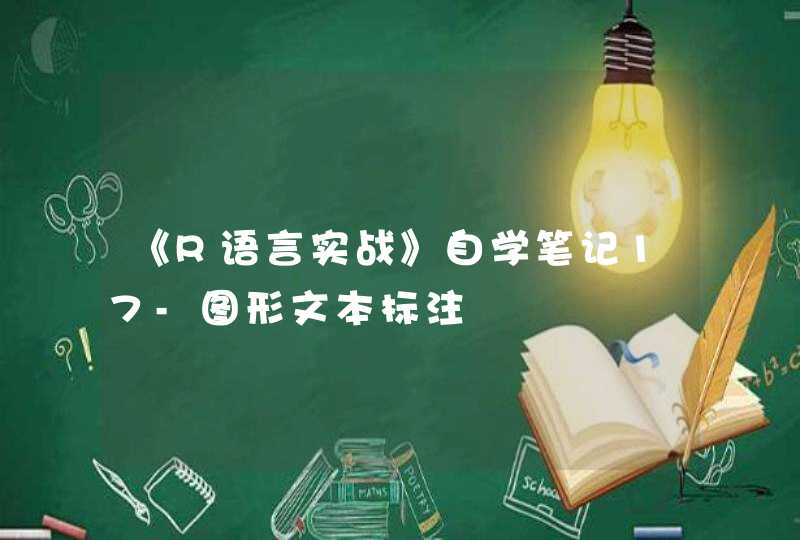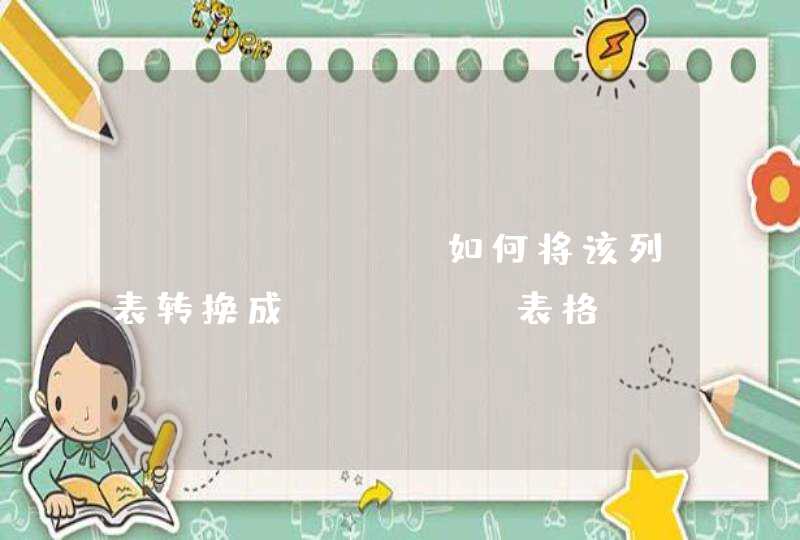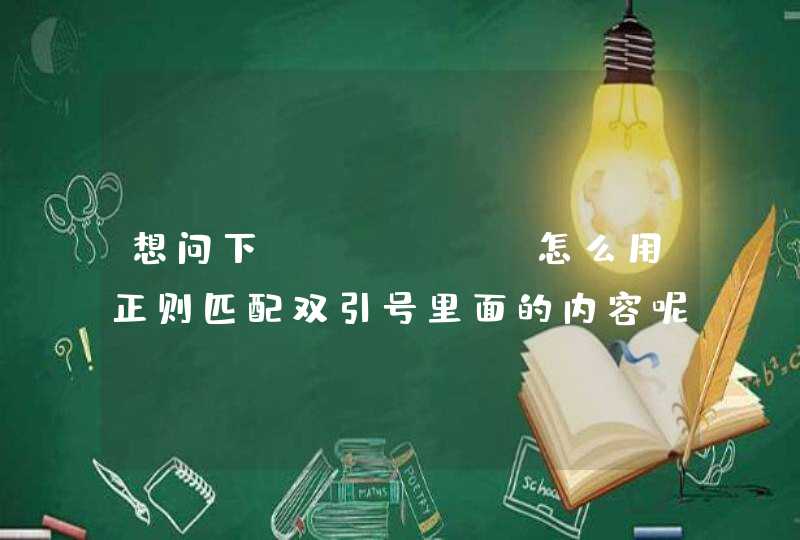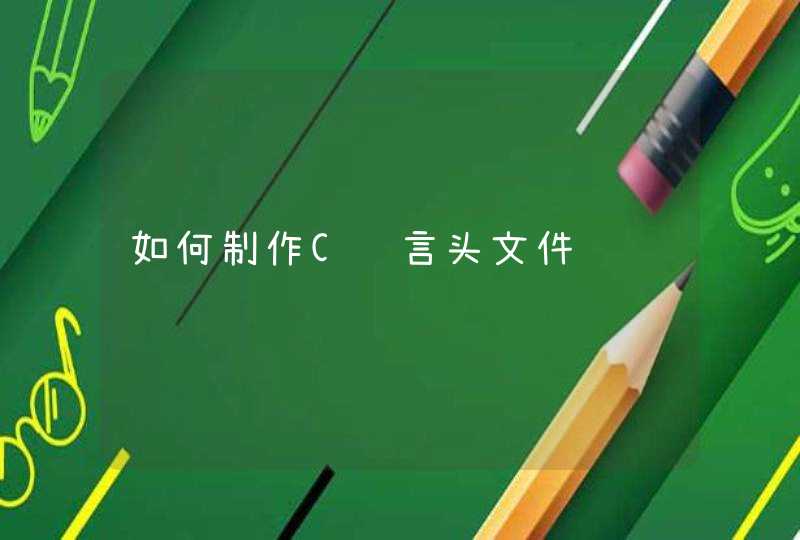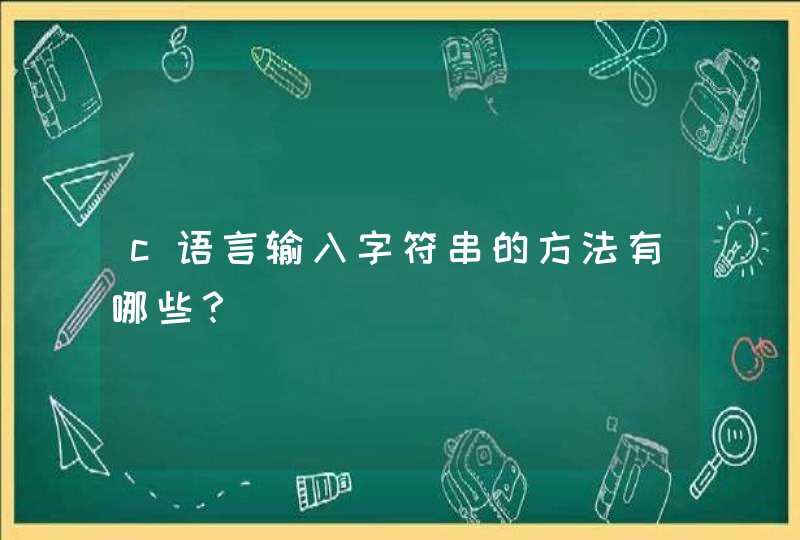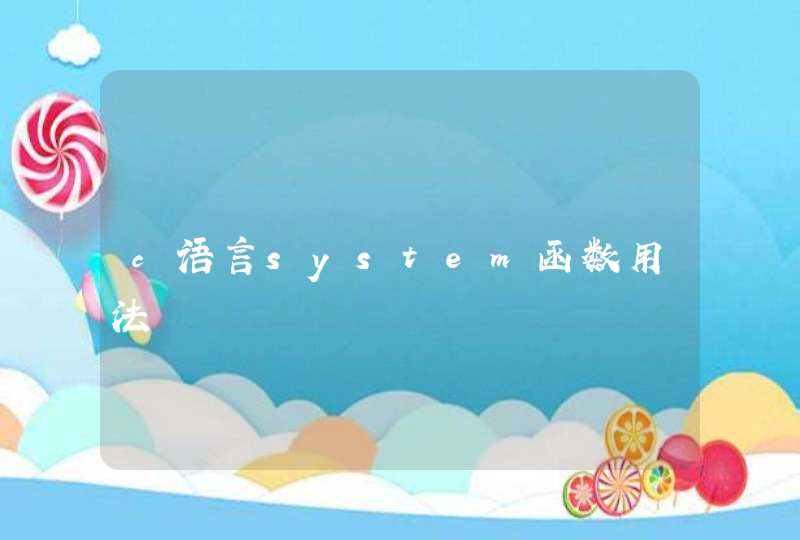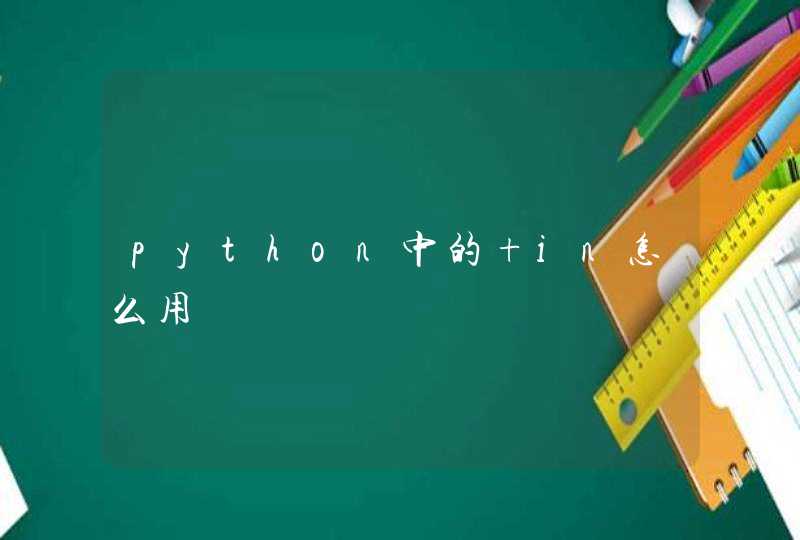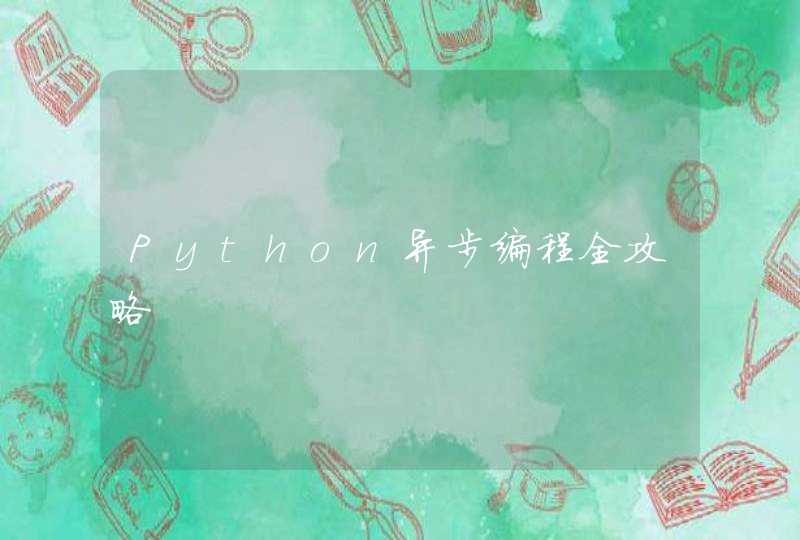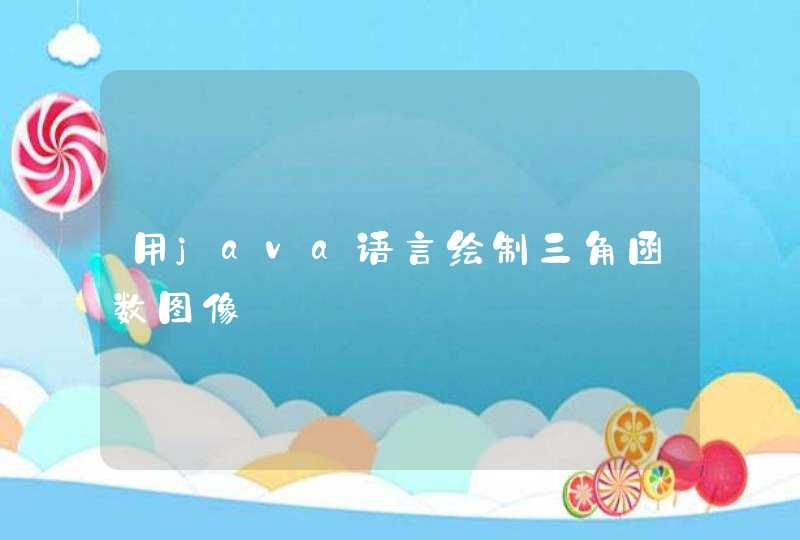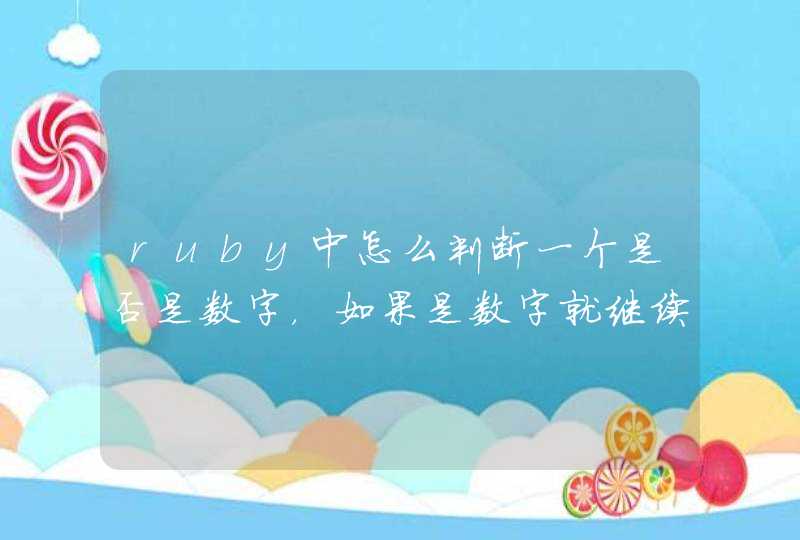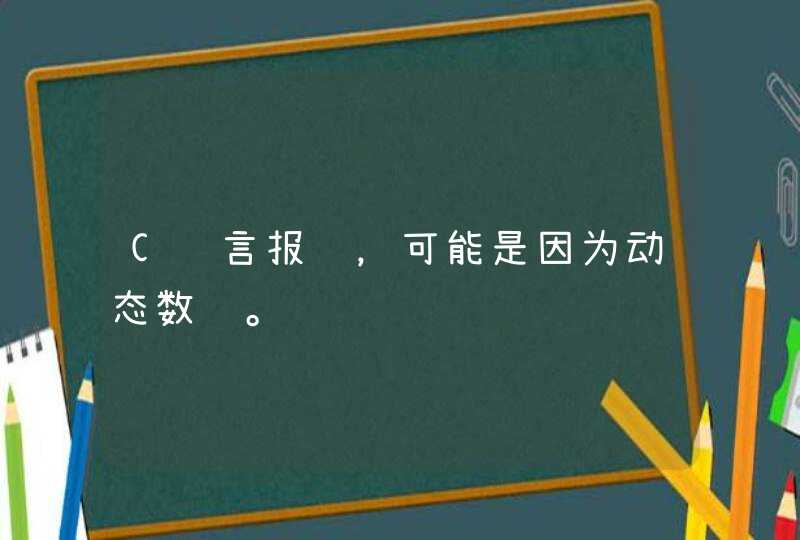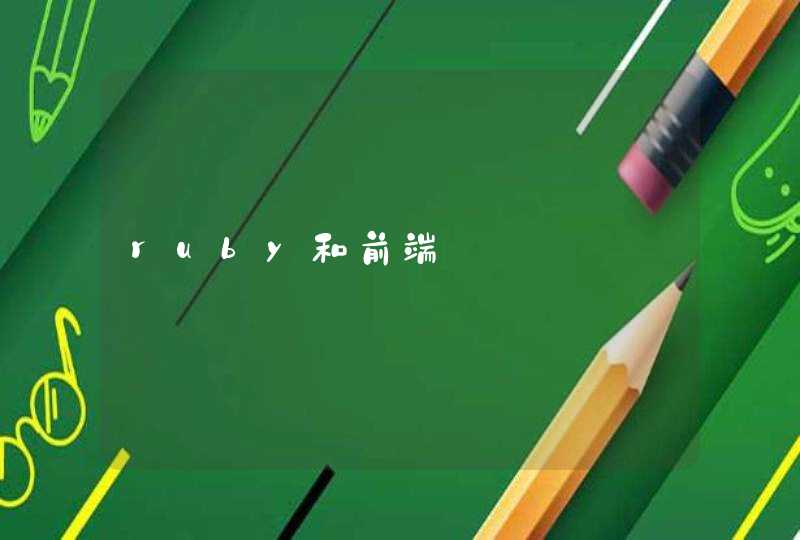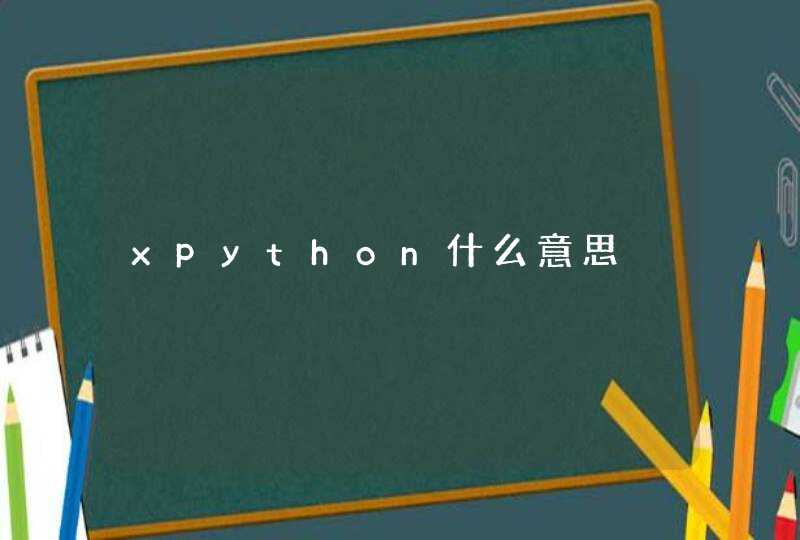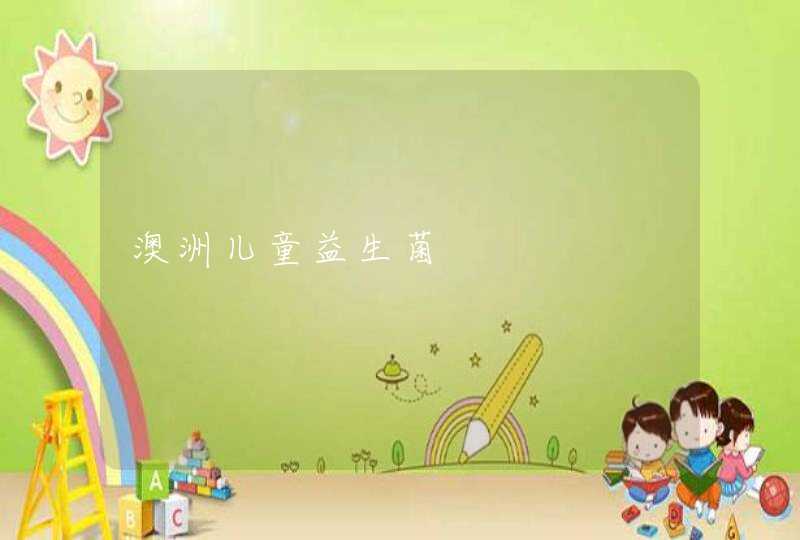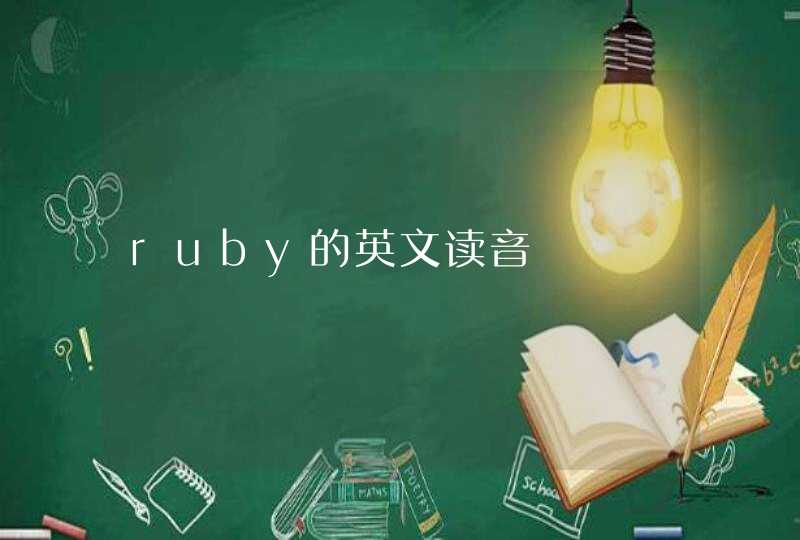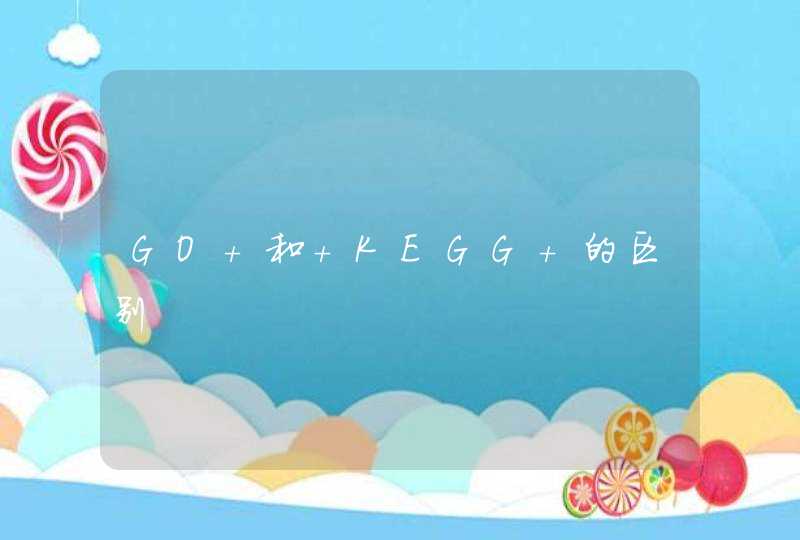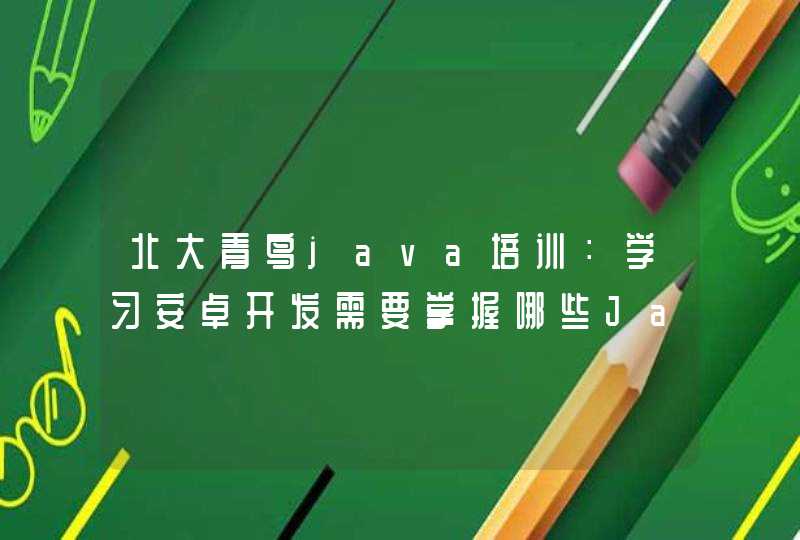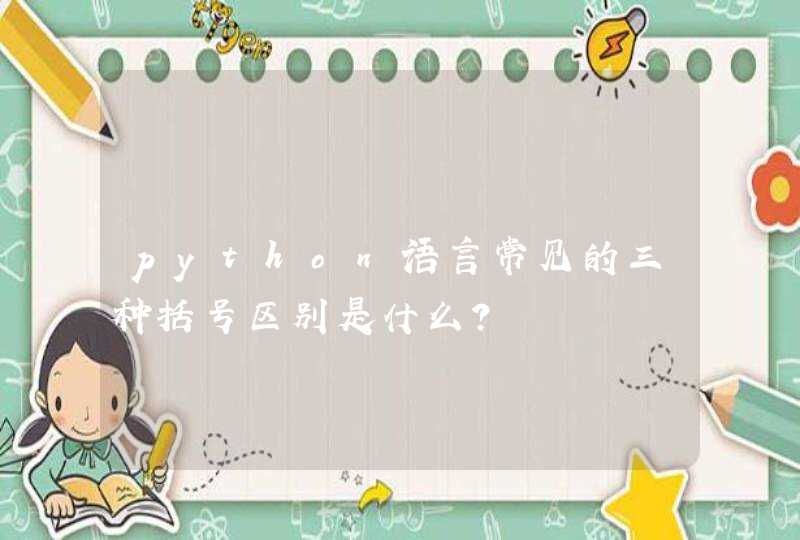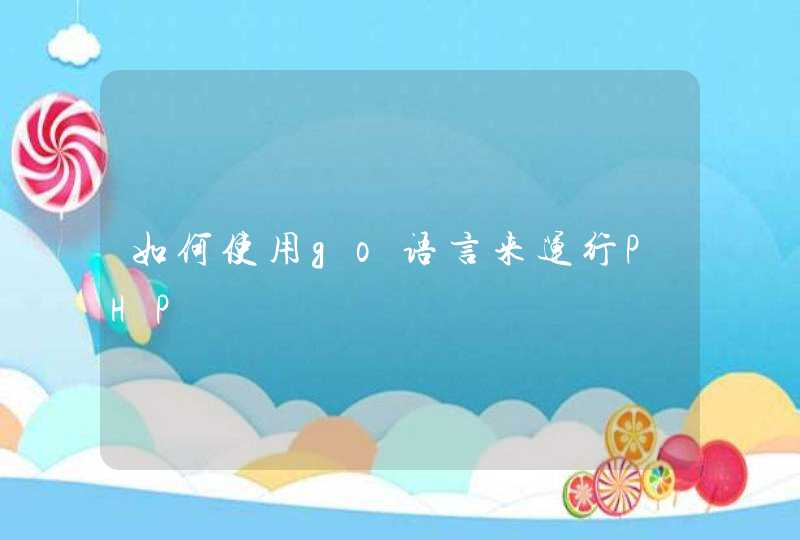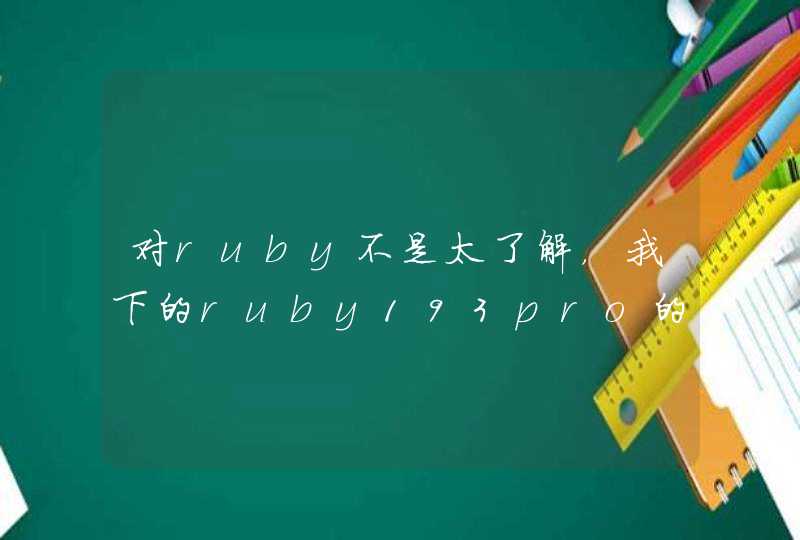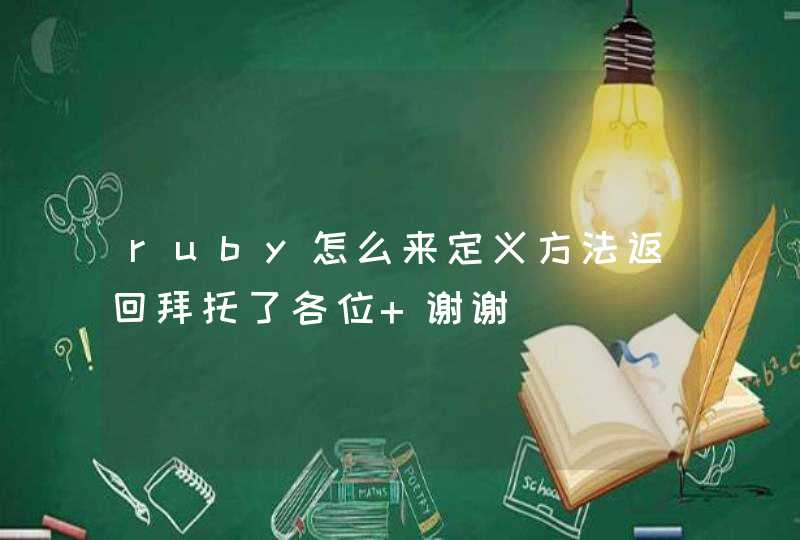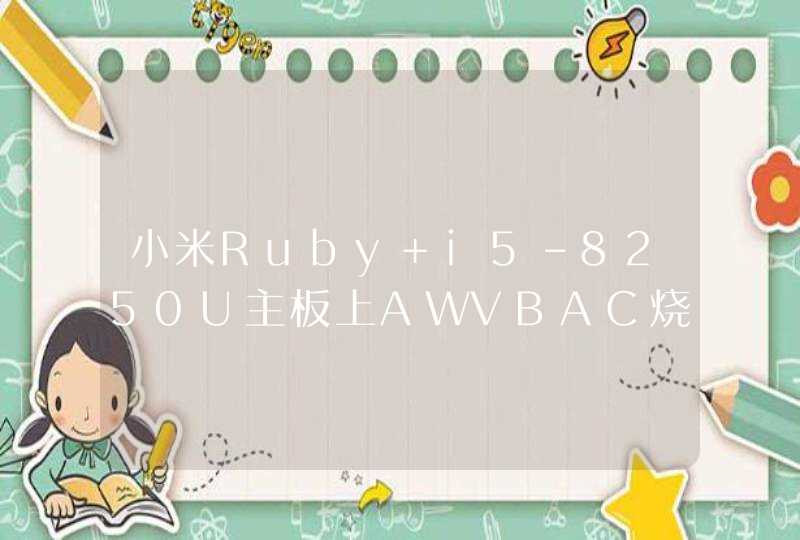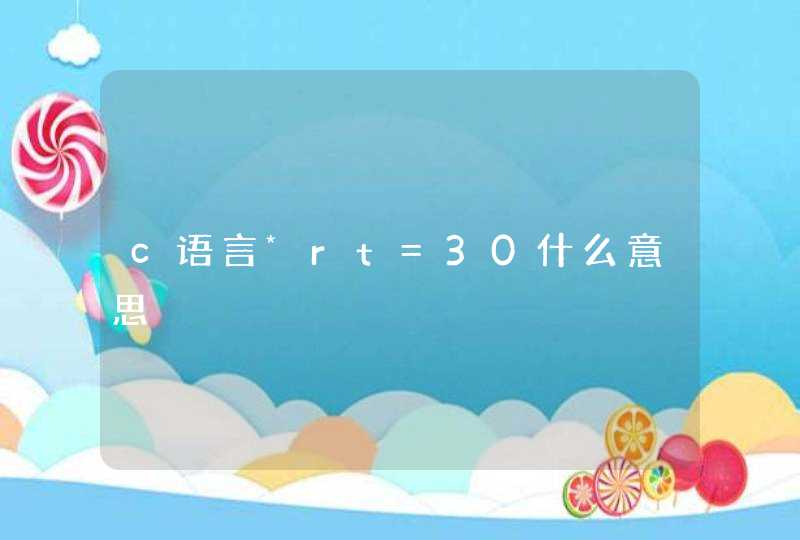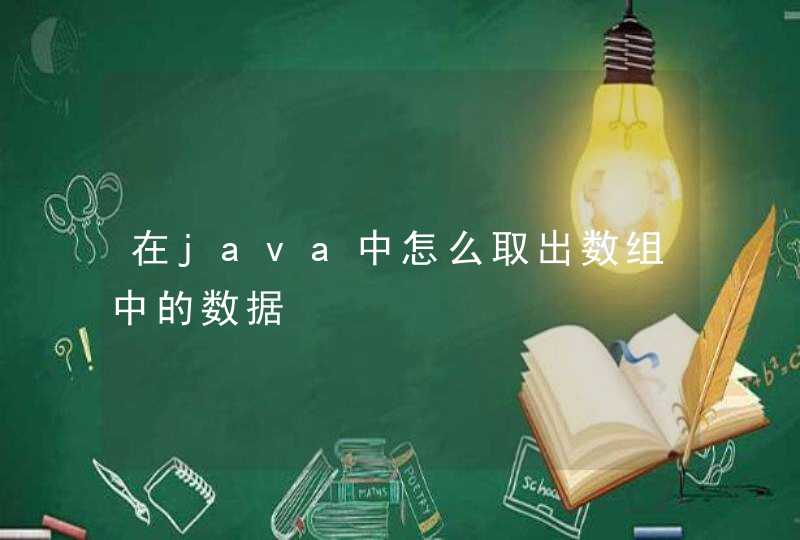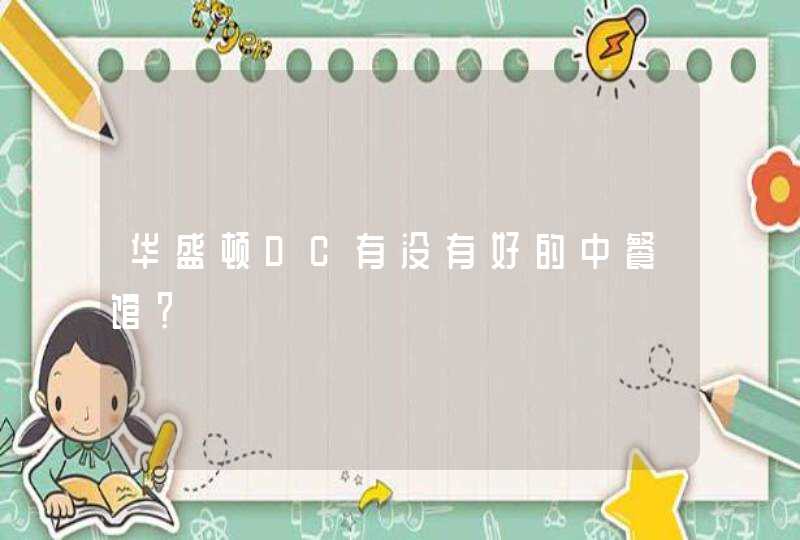
香港酒家 Best Hunan Restaurant 2020 Florida Ave. N. W. (202)986-1333 DC
蓉园餐厅 Charlie Chiang Restaurant 4250 Connecticut Ave. NW (202)363-0016 DC
华童河粉店 China Boy Rice Noodle 817 6th St. N.W. (202)371-1661 DC
中华饭店 China Cafe I 612 Division Ave., N.W. (202)397-5426 DC
丽华园 China Doll Gourmet 627 H Street, N.W. (202)289-4755 DC
华楼 China House 1601 Benning Rd. N.E. (202)396-9041 DC
华园 China Garden 5561 S. Dakota Ave. N.W. (202)832-4436 DC
东江海鲜酒家 Chinatown Express 744 - 746 6th St. NW (202)638-0424 DC
龙之味 Chinatown Garden 618 H Street NW (202)737-8887 DC
筷子楼 Chop Sticks 717-719 H St. NW (202)898-1886 DC
富豪酒家 Chopstick Chinese Restaurant 3070 Mt Pleasant St. NW (202)588-9875 DC
旭日海鲜酒楼 Dys Inn Gateway Seafood Rest 2700 New York Ave. NE (202)832-9462 DC
食为先 Eat First 728 7th St. NW (202)347-0936 DC
高乐大酒家 Go - Lo's 604 H St. N.W (202)347-4656 DC
华雄饭店 Howard China 2827 Georgia Ave. NW (202)332-9461 DC
湘川园 Hunan Chinatown 624 H St. NW (202)783-5858 DC
中国园饭店 Hunan Dynasty 215 Pennsylvania Ave. SE (202)546-6161 DC
湘苑饭店 Hunan on Capitol Hill 201 D St. NE (202)544-0102 DC
东京 Japanese Cuisine 1025 Vermont Ave. NW (202)628-7304 DC
吉利 Jenny's 402 M St. NW (202)244-3007 DC
金丰海鲜酒家 Kam Fong 807 7th St. NW (202)898-1168 DC
利苑酒家 Lei Garden 629 - 631 H St. NW (202)216-9696 DC
利口福饭店 Li Ho Food 501 H St. NW (202)289-2059 DC
全聚德 Mandarin Palace 5540 Connecticutte Ave. NW (202)244-3007 DC
镛记大酒家 Mr. Yung's 740 6th St. NW (202)628-1098 DC
新大旺酒家 New Big Wong 610 H St. NW (202)628-0491 DC
新星 New Star 1317 Rhode Island Ave. NW (202)832-1062 DC
北京饭店 Peking KTV 823 15th St. NW (202)737-4540 DC
红宝石酒家 Ruby 609 H St. NW (202)842-0060 DC
青叶大饭店 Szechuan Gallery 617 H St. NW (202)898-1180 DC
大家乐餐馆 Szechuan House 748 6th NW (202)628-1668 DC
四川小馆 Szechuan House 6925 Blair Rd. NW (202)291-3366 DC
台山大酒家 Tai Shan 622 H St. NW (202)639-0266 DC
小元公 Taste of China 817 7th St. NW (202)842-8669 DC
东京饭店 Tokyo Terrace 1025 Vermont Ave. NW (202)628-7304 DC
成吉思汗大饭店 Tony Cheng Montolian 619 H St. NW (202)371-8669 DC
中国城海鲜大酒楼 Tony Cheng Seafood 619 H St. NW Second Floor (202)371-8669 DC
北宫饭店 Yenching Palace 3524 Connecticut Ave. NW (202)362-8200 DC
杨州饭店 Young Chow 312 Pennsylvania Ave. SE (202)544-3030 DC
Bruce Lee (traditional Chinese: 李小龙simplified Chinese: 李小龙Pinyin: Lǐ XiǎolóngCantonese Yale: Léih SíulùhngNovember 27, 1940 – July 20, 1973) was an American-born martial artist, philosopher, instructor, and martial arts actor widely regarded as the most influential martial artist of the 20th century and a cultural icon.[1] He was the father of deceased actor Brandon Lee and of actress Shannon Lee.Lee was born in San Francisco and raised in Hong Kong. His Hong Kong-produced and Hollywood-produced films elevated the traditional Hong Kong martial arts film to a new level of popularity and acclaim, and sparked the first major surge of interest in Chinese martial arts in the West. The direction and tone of his films changed and influenced martial arts and martial arts films in Hong Kong and the rest of the world. Lee became an iconic figure particularly to the Chinese, as he portrayed Chinese national pride and Chinese nationalism in his movies.[2] Many see Lee as a model blueprint for acquiring a strong and efficient body and the highest possible level of physical fitness, as well as developing a mastery of martial arts and hand to hand combat skills.
Early life
Jun Fan Lee was born in the hour of the dragon, 6-8 a.m., in the year of the dragon according to the Chinese zodiac calendar, November 27, 1940 at the Chinese Hospital in San Francisco’s Chinatown in the United States.[3] His father, Lee Hoi-Chuen (李海泉), was Chinese, and his Catholic mother, Grace (何爱瑜), was of Chinese and German ancestry.[4][5][6][7][8][9] Lee's parents returned to Hong Kong with the newborn Lee when he was three months old. He was a citizen of the United States by birth and did not hold any other citizenships.
Education and family
At age 12, Lee entered the College of Lake County in Grayslake, Illinois. Then, he attended St Francis Xavier's College. In 1959, at the age of 18, Lee got into a fight and had badly beaten a feared Triad gang member's son.[10]His father became concerned about young Bruce's safety, and as a result, he and his wife decided to send Bruce to the United States to live with an old friend of his father's. Lee left with $100 in his pocket and the titles of 1958 Boxing Champion and the Crown Colony Cha Cha Champion of Hong Kong.[3] After living in San Francisco, he moved to Seattle to work for Ruby Chow, another friend of his father's. In 1959, Lee completed his high school education in Seattle and received his diploma from Edison Technical School. He enrolled at the University of Washington as a drama major and took some philosophy classes.[11] It was at the University of Washington that he met his future wife Linda Emery, whom he would marry in 1964. He had two children with Linda, Brandon Lee (1965-1993) and Shannon Lee (1969-). Brandon, who would also become an actor like his father, died in an accident during the filming of The Crow in 1993. Shannon Lee also became an actress and appeared in some low-budget films since the mid 1990s but has since quit acting.
Names
Lee's Cantonese given name was Jun Fan (振藩Mandarin Pinyin: Zhènfán).[12] At his birth, he additionally was given the English name of "Bruce" by a Dr. Mary Glover. It is the Chinese custom to bestow a Western name as well as a Chinese name on a child. Though Mrs. Lee had not initially planned on an English name for the child, she deemed it appropriate and would concur with Dr. Glover's addition.[13] Interestingly, the name "Bruce" was never used within his family until Bruce Lee enrolled in La Salle College (a Hong Kong high school) at the age of 12,[12] and again at another high school (St. Francis Xavier's College in Kowloon), where Lee would come to represent the boxing team in inter-school events.
Lee initially had the birth name Li Yuen Kam[2](李炫金)Mandarin Pinyin: Lǐ Xuànjīn) given to him by his mother, as at the time Lee's father was away on a Chinese opera tour. This name would later be abandoned because of a conflict with the name of Bruce Lee's grandfather, causing him to be renamed Jun Fan upon his father's return. Also of note is that Bruce Lee was given a feminine name, Sai Fung (细凤, literally "small phoenix"), which was used throughout his early childhood in keeping with a Chinese custom that is traditionally thought to hide the child away from evil spirits.
Lee's screen names were respectively Lee Siu Lung (in Cantonese), and Li Xiao Long (in Mandarin) (李小龙Cantonese pengyam: Ley5 Siu² Long4Mandarin Pinyin: Lǐ Xiǎolóng) which literally translate to "Lee the Little Dragon" in English. These names were first used by director 袁步云 of the 1950 Cantonese movie 细路祥 in which Lee would perform. It is possible that the name "Lee Little Dragon" was based on his childhood name of "small dragon", as in Chinese tradition the Chinese dragon and phoenix come in pairs to represent the male and female genders, respectively. The more likely explanation however is that he came to be called "Little Dragon" because according to the Chinese zodiac, Bruce Lee was born in the Year of the Dragon.
Acting career
Bruce Lee in Enter The DragonLee's father Lee Hoi-Chuen was a famous Cantonese Opera star. Through his father, he was introduced into films at a very young age and appeared in several short black-and-white films as a child. Lee had his first role when he was a mere baby that was carried onto the stage. By the time he was 18, he had appeared in twenty films.[3]
While in the United States from 1958-1964, Lee abandoned thoughts of a film career in favor of the martial arts. Fate would intervene, however, after Lee's high-profile martial arts demonstration at the 1964 Long Beach Karate Tournament, seen by some of the nation's most proficient martial artists and, as fate would have it, by the hairdresser of Batman producer William Dozier.[14] Dozier invited Lee for an audition, where the martial artist so impressed the producers with his lightning-fast moves that he earned the role of Kato alongside Van Williams in the TV series The Green Hornet. The show lasted just one season, from 1966 to 1967. Lee would also play Kato in three episodes of the series Batman, produced by the same company as The Green Hornet. This was followed by guest appearances in a host of television series, including Ironside (1967) and Here Come the Brides (1969).
In 1969 Lee made his first major film appearance in Marlowe which was based on one of Raymond Chandler's novels. In the film Lee's henchman character is hired to intimidate private detective Philip Marlowe (played by James Garner) by smashing up his office with leaping kicks and flashing punches, only to later accidentally jump off a tall building while trying to kick Marlowe off. In 1971 Lee appeared in four episodes of the television series Longstreet as the martial arts instructor of the title character Mike Longstreet (played by James Franciscus). Bruce would later pitch a television series of his own tentatively titled The Warrior. Allegedly, Lee's concept was retooled and renamed Kung Fu, but if true, Warner Bros. gave Lee no credit. The role of the Shaolin monk in the Wild West, known to have been coveted by Bruce, was awarded to non-martial artist David Carradine purportedly because of the studio's belief that a Chinese leading man would not be embraced by the American public.
Not happy with his supporting roles in the U.S., Lee returned to Hong Kong and was offered a film contract by legendary director Raymond Chow and his production company Golden Harvest. Lee played his first leading role in The Big Boss (1971) which proved a smashing box office success across Asia and catapulted him to stardom. He soon followed up his success with two more huge box office successes: Fist of Fury (1972) and Way of the Dragon (1972). For Way of the Dragon he took complete control over the film's production as the writer, director, star as well as choreographer of the fight scenes. In 1964 at a demonstration in Long Beach, California, Lee had met karate champion Chuck Norris. In Way of the Dragon Lee introduced Chuck Norris to moviegoers as his opponent in the final death fight at the colosseum in Rome, today considered one of Lee's most legendary fight scenes.
In 1973 Lee starred in the lead role in Enter the Dragon (1973), his first film to be produced jointly by Golden Harvest and Warner Bros. This film would shoot Lee to fame in the U.S. and Europe but, tragically, only a few months after the film's completion and three weeks before its release, the supremely fit Lee mysteriously died. Enter the Dragon would go on to become one of the year's highest grossing films and cemented Lee as a martial arts legend. It was made for US$850,000 in 1973 (equivalent to $3.74 million adjusted for inflation as if 2005).[15] To date, Enter the Dragon has grossed over $200 million worldwide.[16] The movie sparked a brief fad in the martial-arts epitomized in songs like "Kung Fu Fighting" and TV shows like Kung Fu.
Robert Clouse, the director of Enter the Dragon attempted to finish Lee's incomplete film Game of Death which Lee was to also write and direct. Lee had shot over forty minutes of footage for Game of Death before shooting was stopped to allow him to work on Enter the Dragon. Kareem Abdul-Jabbar - a student of Bruce Lee - also appeared in the film, which culminates in Lee's character, Billy Lo (clad in the now-famous yellow track suit) taking on the seven foot two inch basketball player in a climactic fight scene. Unfortunately, Lee died before he resumed filming Game of Death. In a controversial move, Robert Clouse finished the film using a Bruce Lee look-alike and archive footage of Lee from his other films and released it in 1978 with a new storyline and cast. However the cobbled-together film contained only 15 minutes of actual footage of Lee while the rest had a Lee lookalike, Tai Chung Kim, and Yuen Biao as stunt doubles. The unused footage Lee had filmed was recovered 22 years later and included in the Bruce Lee documentary Bruce Lee: A Warrior's Journey.
Challengers on the set
Bruce Lee's celebrity and martial arts prowess often put him on a collision course with a number of street thugs, stunt men and martial arts extras, all hoping to make a name for themselves. Lee typically defused such challenges without fighting, but felt forced to respond to several persistent individuals.
Bob Wall, USPK karate champion and co-star in Enter the Dragon, recalled a particularly serious encounter that transpired after a film extra kept taunting Lee. The extra yelled that Lee was "a movie star, not a martial artist", that he "wasn't much of a fighter" and said it was "easy to see his martial art wasn't any good." Lee answered his taunts by asking him to jump down from the wall he was sitting on. Wall described Lee's opponent as "a gang-banger type of guy from Hong Kong!," a "damned good martial artist," and observed that "He was fast, he was bigger than Bruce, and he was strong!" [17]
Wall would recall the confrontation in detail:
"This kid was good. He was no punk. He was strong and fast, and he was really trying to punch Bruce's brains in. But Bruce just methodically took him apart."[18]
"I mean Bruce kept moving so well, this kid couldn't touch him...Then all of a sudden, Bruce got him and rammed his ass into the wall and swept him, he proceeded to drop his knee into his opponent's chest, locked his arm out straight, and nailed him in the face repeatedly."[19]
After his victory, Lee gave his opponent lessons on how to improve his fighting skills. His opponent, now impressed, would later say to Lee, "You really are a master of the martial arts."[18]
Hong Kong legacy
There are a number of legacies surrounding Bruce Lee that still exist in Hong Kong culture today. One is that his early 70s interview on the TVB show Enjoy Yourself Tonight cleared the busy streets of Hong Kong as everyone was watching the interview at home.
Another topic is that his moment of birth is often used as a modern cultural proof of the existence of the Four Pillars of Destiny concept, having been born in the year of the dragon and hour of the dragon along with other astrological alignment.
Martial arts training and development
Bruce Lee's first introduction to martial arts was through his father, Lee Hoi Cheun. He learned the fundamentals of Wu style Tai Chi Chuan from his father.[20] Lee's sifu, Wing Chun master Yip Man, was also a colleague and friend of Hong Kong's Wu style Tai Chi Chuan teacher Wu Ta-ch'i.
Lee trained in Wing Chun Gung Fu from age 13-18 under Hong Kong Wing Chun Sifu Yip Man. Lee was introduced to Yip Man in early 1954 by William Cheung, then a live-in student of Yip Man. Like most Chinese martial arts schools at that time, Sifu Yip Man's classes were often taught by the highest ranking students. One of the highest ranking students under Yip Man at the time was Wong Shun-Leung. Wong is thought to have had the largest influence on Bruce's training. Yip Man trained Lee privately after some students refused to train with Lee due to his ancestry.[21]
Bruce was also trained in Western boxing and won the 1958 Boxing Championship match against 3-time champion Gary Elms by knockout in the 3rd round. Before arriving to the finals against Elms, Lee had knocked out 3 straight boxers in the first round.[22] In addition, Bruce learned western fencing techniques from his brother Peter Lee, who was a champion fencer at the time.[23] This multi-faceted exposure to different fighting arts would later play an influence in the creation of the eclectic martial art Jeet Kune Do.
Jun Fan Gung Fu
Main article: Jun Fan Gung Fu
Lee began teaching martial arts after his arrival in the United States in 1959. Originally trained in Wing Chun Gung Fu, Lee called what he taught Jun Fan Gung Fu. Jun Fan Gung Fu (literally Bruce's Gung Fu), is basically a slightly modified approach to Wing Chun Gung Fu[24]. Lee taught friends he met in Seattle, starting with Judo practitioner Jesse Glover as his first student and who later became his first assistant instructor. Before moving to California, Lee opened his first martial arts school, named the Lee Jun Fan Gung Fu Institute, in Seattle.
